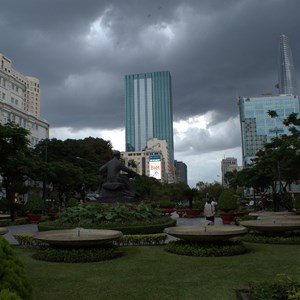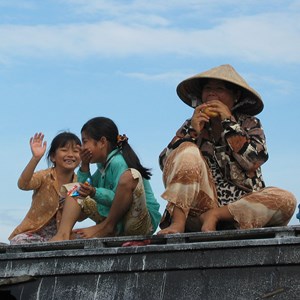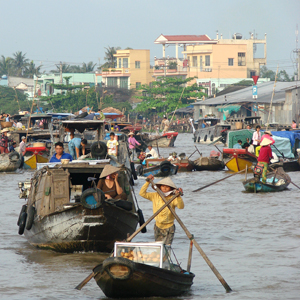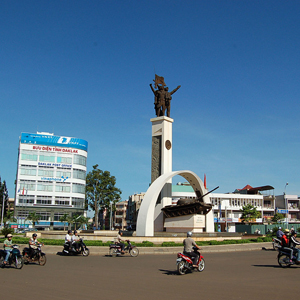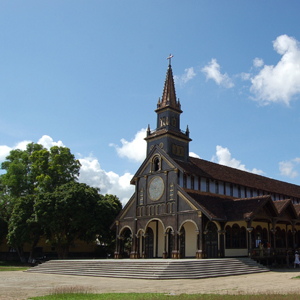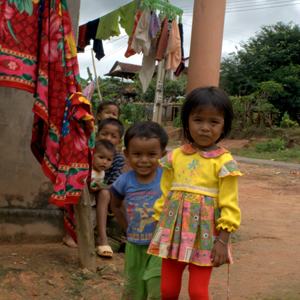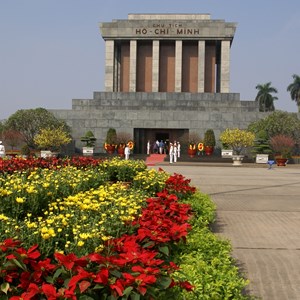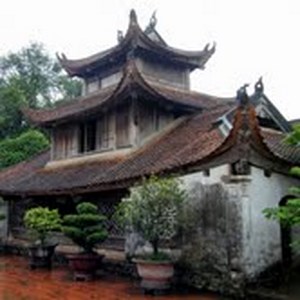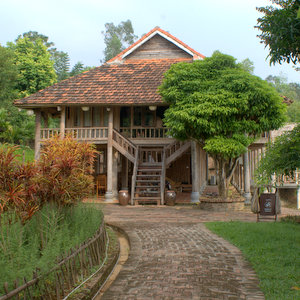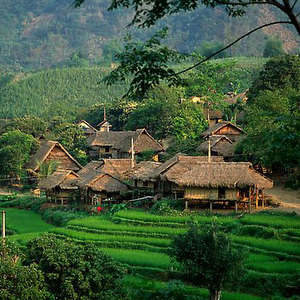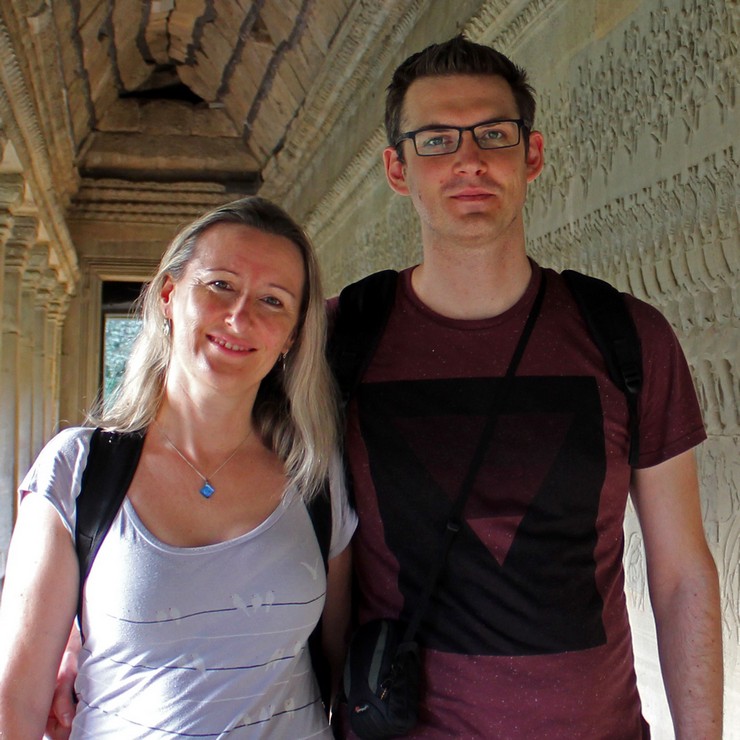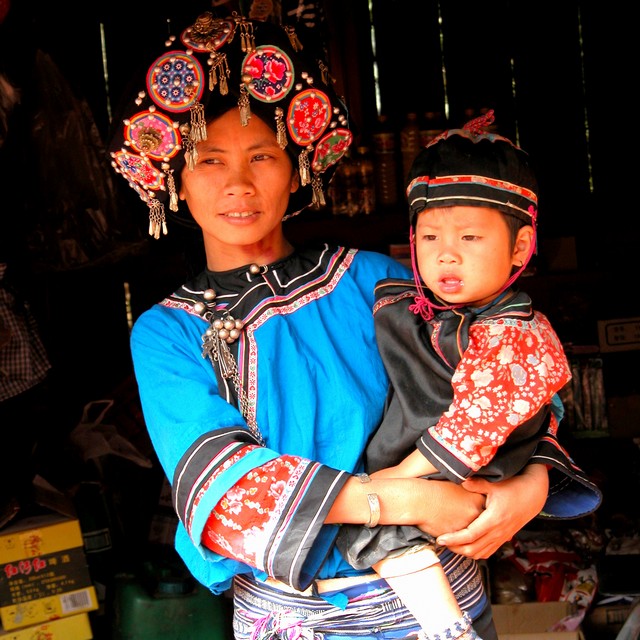Explore Hanoi like a local: This morning, you will meet your guide and driver early morning and head towards Hoan Kiem Lake. The Vietnamese typically wake up very early and start the morning with some exercise. It is very interesting to see how the local people, mostly women from varying age, start their busy routine. Several groups of people can be found practising tai chi and aerobics. Be part of Vietnam and join the locals in their morning routine!
After visiting the Ngoc Son Temple, located in the middle of the Hoan Kiem Lake, we will visit a traditional, local and charming coffee place, where you will be able to try Vietnam’s local coffee: Cà phê sữa đá (Iced coffee) and if you feel more adventurous, you can also try the ‘Egg coffee’! After our coffee, we will continue walking and we will stop in a street food place, where you will try the delicious ‘bánh mì’ – a typical baguette sandwich filled in with a variety of things. Later, we will get deep into Hanoi’s Old Quarter and you will start a walking tour where you will be able to witness the French architecture in different Vietnamese buildings. Our first stop will be the St. Joseph Cathedral, a French gothic building constructed in 1886. Next, we will walk just 10 minutes until we arrive to the Hoa Lo Prison, where Vietnamese as well as American and French prisoners of war used to be imprisoned. To finish our morning, we will pay a visit to the Huu Tiep Lake, better known as ‘B-52 lake’, where US B-5 bomber wreckage can be seen.
Around noon, we will return to the Old Quarter. Vietnam is very well known for its food, so we will stop at a ‘Bún Chả’ restaurant, where you will try Hanoi’s specialty. After lunch, we will visit the Temple of Literature, built in 1076. Vietnam’s first university was established within this temple to educate Vietnam's royalty, mandarins and members of the elite. The university functioned for 700 years and its gardens and well-preserved architecture offer a fascinating glimpse into Vietnam’s past.
Our last stop of the day will be on Hanoi's railway tracks! This is something very particular from this city as the railway tracks are sometimes located metres away from entrance door of houses! Together with our guide, you will walk along the railway tracks and take some of the most beautiful pictures of the city. After a long day, we will finish with evening drinks at the well known 'Bia Hoi', where you can taste the local draft beer; finishing the day as a local!
Along the tour, you will be trying different street specialties, therefore we recommend avoiding breakfast at the hotel this day!
Overnight in Medallion Hotel, Hanoi
Meal plan: Breakfast & lunch
Sitting on the banks of the Red River, Vietnam's capital is the second largest city in the country. Steeped in an intriguing history, many of Hanoi's historical monuments and palaces have been destroyed by both civil war and foreign aggression, although some do still remain - for example the Temple of Literature, which is Vietnam's first university and was built as a tribute to Confucius. It is home to the Central Sector of the Imperial Citadel of Thang Long which was built by the Ly Dynasty in the 11th Century on an old Chinese Fortress. Hanoi is famous for its lakes, in particular Hoan Kiem Lake, also called the 'Lake of the Restored Sword', which is linked to the legend of the magic sword when the Golden Turtle God reclaimed Emperor Le Loi's magic sword, Heaven's Will.

